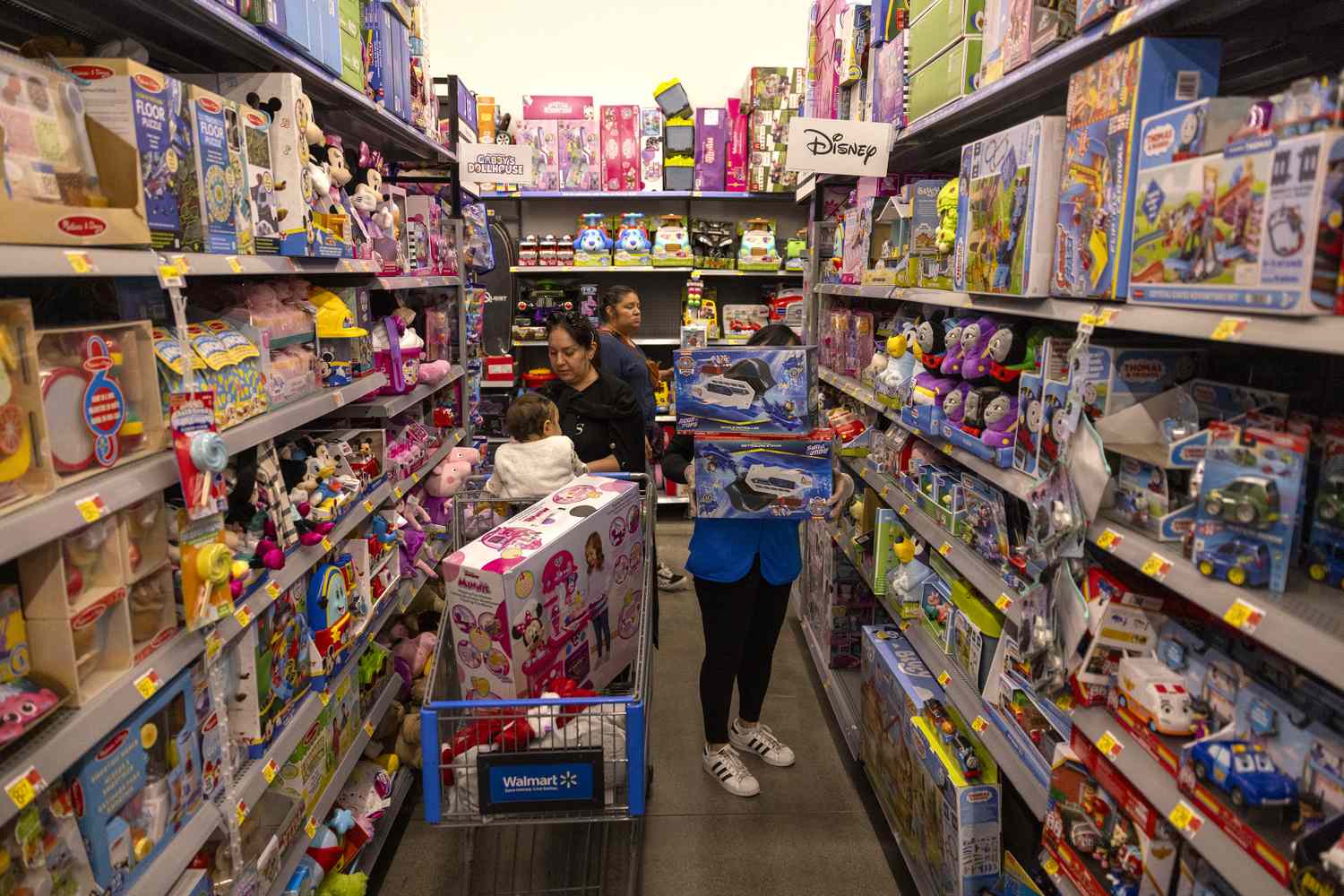Trump-Era Tariffs Could Cost Holiday Shoppers $40 Billion, Pushing Prices Higher
Trump-Era Tariffs Could Cost Holiday Shoppers $40 Billion, Pushing Prices Higher
By
David Goldfarb
Last updated:
November 3, 2025
First Published:
November 3, 2025

Getty Images
American holiday budgets are facing a significant squeeze this season as tariffs implemented under former President Donald Trump are set to increase spending for both shoppers and retailers. LendingTree estimates that these tariffs could add $40.6 billion in total costs to the holiday shopping season.
According to the online lending marketplace, consumers will shoulder approximately $28.6 billion of the burden, translating to an extra $132 per shopper. Retailers are expected to cover the remaining $12 billion, further pressuring margins in an already competitive season.
The Impact on Holiday Spending
Tariffs announced six months ago as part of Trump’s “liberation day” trade measures initially caused spikes in select food and consumer goods prices. Now, as holiday items that have been in storage hit store shelves, the financial impact is becoming more visible to consumers.
Matt Schulz, LendingTree’s chief consumer finance analyst, said the extra costs could meaningfully affect families. “While $132 may not seem astronomical, it could force many to cut back on gifts or take on additional debt. That’s a choice no one wants to make during the holidays.”
Retailers have reported concerns that higher prices could depress demand. Some analysts warn that fewer discretionary items may be purchased this year as consumers adjust to rising costs.
Which Products Will Be Most Affected?
LendingTree’s analysis highlights that electronics will be hit hardest, with shoppers paying an average of $186 more due to tariffs. Clothing and accessories follow with an added $82 per buyer, while personal care items, toys, and beauty products are projected to increase by $14 per shopper. Even food and candy, staples of holiday celebrations, will cost approximately $12 more per consumer.
Schulz noted, “While electronics and clothes remain in high demand, some families may have to make tough decisions, either trimming gift lists or accepting the higher prices to get the items they want.”
The Broader Effect on the Economy
Economists warn that tariff-induced price increases could ripple through retail sales and consumer behavior, particularly in sectors sensitive to discretionary spending. This seasonal rise in costs comes at a time when inflationary pressures remain a concern, potentially compounding financial stress for lower- and middle-income households.
“The unfortunate reality is that tariffs are not just numbers on a spreadsheet — they directly impact household budgets,” Schulz added. “For millions of Americans, this could mean a leaner holiday season or increased reliance on credit to make ends meet.”
As shoppers prepare for the holidays, awareness of these added costs may influence both spending patterns and retailer strategies. Companies may need to adjust promotions, offer alternative products, or absorb some costs to maintain customer loyalty, all while navigating the ongoing effects of trade policy.
The takeaway for consumers: plan early, budget carefully, and expect some of your favorite gifts to come with a slightly higher price tag this holiday season.
Popular articles
Subscribe to unlock premium content
From Sand Dunes to Success How Namibia Transformed Desert Adventures Into a Multi-Million-Dollar Tourism Powerhouse

Luxury Tea Sets and the Allure of Status Unveiled

Why Classic Italian Lamborghinis Appreciate Faster Than Most Real Estate

From Sand Dunes to Success How Namibia Transformed Desert Adventures Into a Multi-Million-Dollar Tourism Powerhouse

Luxury Tea Sets and the Allure of Status Unveiled

From Sand Dunes to Success How Namibia Transformed Desert Adventures Into a Multi-Million-Dollar Tourism Powerhouse









